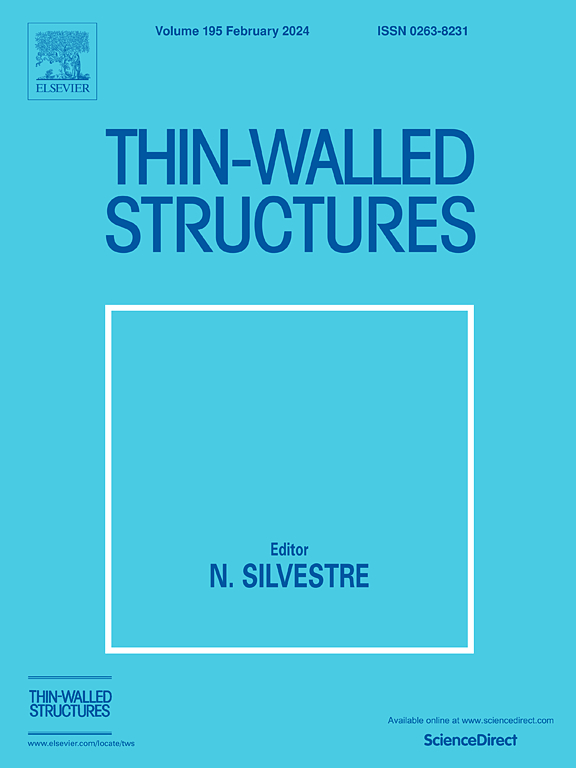用于电缆穹顶测力的物理信息径向基网络
IF 5.7
1区 工程技术
Q1 ENGINEERING, CIVIL
引用次数: 0
摘要
缆索穹顶结构的刚度完全来自其缆索和支柱中的预应力,因此测力是缆索穹顶结构设计的关键步骤。然而,传统的测力方法往往实施复杂,适用性有限。为了应对这些挑战,本文基于物理信息径向基网络(PIRBN),利用神经网络技术建立了缆索穹顶的一般测力框架,以实现高效可靠的测力过程。此外,还从结构刚度的角度推导出了一个包含缆索穹顶物理特性的损失函数。对三种类型的缆索穹顶进行了案例研究,并使用 Optuna 超参数优化方法简化了网络模型的超参数调整。结果表明,考虑到外部荷载的影响,PIRBN 适用于单预应力模式和多预应力模式索穹的寻力分析,具有较高的计算效率和广泛的适用性。本文章由计算机程序翻译,如有差异,请以英文原文为准。
Physics-informed radial basis networks for force finding of cable domes
The stiffness of cable dome structures is entirely derived from the prestress in their cables and struts, making force-finding a critical step in their design. However, traditional force-finding methods are often complex to implement and have limited applicability. To address these challenges, this paper establishes a general force-finding framework for cable domes based on physics-informed radial basis networks (PIRBN), utilizing neural network techniques to achieve an efficient and reliable force-finding process. Additionally, a loss function is derived that incorporates the physical characteristics of cable domes from the perspective of structural stiffness. Case studies on three types of cable domes were conducted, and the hyperparameter tuning of the network model was simplified using the Optuna hyperparameter optimization method. The results show that PIRBN is suitable for force-finding analysis in both single and multiple prestress mode cable domes, considering the effects of external loads, and provides high computational efficiency and broad applicability.
求助全文
通过发布文献求助,成功后即可免费获取论文全文。
去求助
来源期刊

Thin-Walled Structures
工程技术-工程:土木
CiteScore
9.60
自引率
20.30%
发文量
801
审稿时长
66 days
期刊介绍:
Thin-walled structures comprises an important and growing proportion of engineering construction with areas of application becoming increasingly diverse, ranging from aircraft, bridges, ships and oil rigs to storage vessels, industrial buildings and warehouses.
Many factors, including cost and weight economy, new materials and processes and the growth of powerful methods of analysis have contributed to this growth, and led to the need for a journal which concentrates specifically on structures in which problems arise due to the thinness of the walls. This field includes cold– formed sections, plate and shell structures, reinforced plastics structures and aluminium structures, and is of importance in many branches of engineering.
The primary criterion for consideration of papers in Thin–Walled Structures is that they must be concerned with thin–walled structures or the basic problems inherent in thin–walled structures. Provided this criterion is satisfied no restriction is placed on the type of construction, material or field of application. Papers on theory, experiment, design, etc., are published and it is expected that many papers will contain aspects of all three.
 求助内容:
求助内容: 应助结果提醒方式:
应助结果提醒方式:


